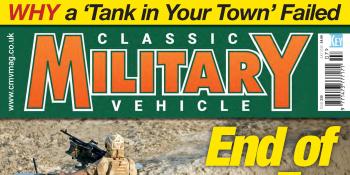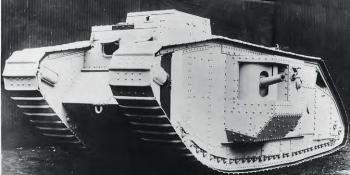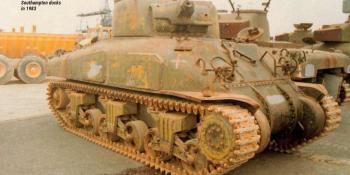The way the British identified their own tanks before and during World War Two can be confusing, so I thought I would try and explain how they did it, and why.
In the early stages of tank development, all War Office tank specifications were allocated an ‘A’ number. For example, the A11 was the Matilda I tank and the A12 was the Matilda II tank. The letter ‘E’ was an abbreviation for experimental and was added to identify a developmental subvariant. The prototype was normally given the letter and number E1, like A7E1, and when a feature was changed from the original design, the number changed to A7E2 then A7E3 etc.
There were, however, exceptions to this rule. This system only applies to official projects. Companies like Vickers-Armstrongs Ltd financed the development of independent in-house tank projects like the Valentine and the TOG. These never received ‘A’ designations.
When a tank had reached its final design status or was accepted for Army service, it was given a designation that showed its type and function. The A11 became Tank, Infantry Mk.1. The A10 became the Tank, Cruiser Mk.II, but in some official documents the ‘A’ number system was also kept to help avoid confusion and this resulted i…



